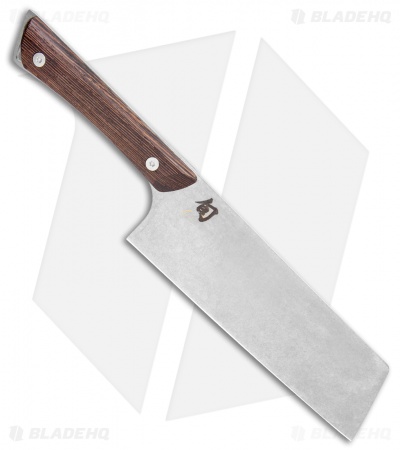

The term “shakkei” means borrowed landscape, and it refers to the practice of using surrounding landscape to make the garden appear to extend beyond its boundaries. These features add a sense of distance, and you can use them as a focal point to aid meditation. Try different layouts to see what natural elements the design calls to mind.Ī zen garden can also contain a simple bridge or path and lanterns made of rock or stone. Upright or vertical stones can be used to represent trees, while flat, horizontal stones represent water. Use this Japanese boning knife for scoring and. Its razor-sharp, 16° cutting edge makes removing breasts from bone easy and it cuts joint cartilage with less stress on the knife edge. blade with its triangular shape is perfect for maneuvering around bones and between joints. The symbolism of the stones in a zen garden is one of the most important design elements. The Shun Kanso Honesuki is a Japanese-style boning knife. The result should encourage introspection and meditation. You can add plants, but keep them to a minimum and use low, spreading plants instead of upright ones. Place rocks on top of the sand to make a soothing pattern. Sand raked into a round, spiral or rippled pattern represents the sea.
#KANSO JAPANESE HOW TO#
How to Create a Zen GardenĬarefully raked sand or gravel with precisely placed rocks are the main parts of a zen garden. The design and structure of the gardens have been refined over the years, but the basic structure remains the same. Things are expressed in a plain, simple, natural manner. Later, they began using the gardens to teach zen principles and concepts. Kanso () Simplicity or elimination of clutter. In the sixth century, Zen Buddhist monks created the first zen gardens to aid in meditation. Zen gardens emphasize the principles of naturalness (Shizen), simplicity (Kanso), and austerity (koko).

If you’re more likely to find serenity in the natural look of a woodland setting and find peace when surrounded by wildflowers and soft-textured plants, you should think about a more traditional or natural garden. Zen gardens, also called Japanese rock gardens, appeal to people who like carefully controlled settings of raked sand or rocks and precisely clipped shrubs. Read this article to find out more about Japanese zen gardens so you can reap the benefits they provide. Limited Lifetime Warranty- See manufactures website for detailsįree Lifetime Sharpening- See manufactures website for details.Creating a zen garden is a great way to reduce stress, improve your focus, and develop a sense of well-being. Full-tang construction for durability and precision balance.

Contoured tagayasan (or wenge) wood handle known as “iron sword wood,” it is noted for its denseness, durability, and beauty.AUS10A blade high-carbon stainless steel offers strength, corrosion resistance, hardness, and wear resistance added vanadium refines the steel grain enabling a razor-sharp 16° edge, each side.A compact, versatile knife for everything from slicing veg to boning poultry.
#KANSO JAPANESE FULL#
It's also ideal as a utility knife for trimming, slicing, and dicing a full range of fruits and vegetables. Its razor-sharp, 16° cutting edge makes removing breasts from bone easy and it cuts joint cartilage almost like butter. The Shun Kanso Asian Multi-Prep Knife is a Japanese-style boning knife.


 0 kommentar(er)
0 kommentar(er)
